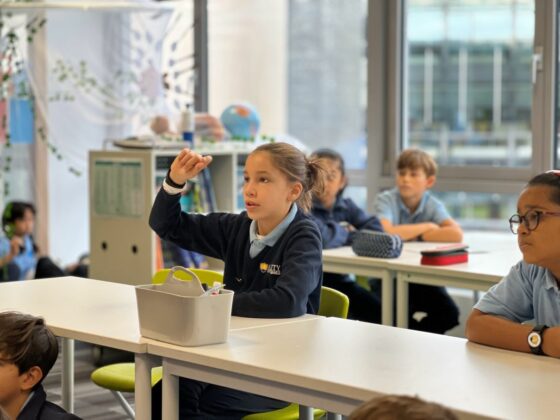
Image Source: Google
Immersing oneself in a different culture can be a truly enriching experience. One way to do this is by exploring the daily routines and practices of a primary school in a foreign country. In this article, we will take a closer look at what a typical day in the best primary school in Holland looks like, providing insights into the educational system and cultural norms of the Netherlands.
Overview of the Dutch Education System
Before diving into the specifics of a day in a primary school in Holland, it is important to understand the broader context of the Dutch education system. The Netherlands is known for its high-quality education and innovative teaching methods. Here are some key points about the Dutch education system:
- The education system in the Netherlands is divided into primary education (ages 4-12), secondary education (ages 12-16), and higher education (ages 17 and above).
- Primary education is compulsory for all children between the ages of 5 and 16.
- Children usually start primary school at the age of 4, attending groep 1 (group 1) and groep 2 (group 2) before moving on to groep 3 (group 3) at the age of 6.
- In primary school, the focus is on developing basic skills such as language, math, and social skills.
A Day in the Life of a Primary School in Holland
Morning Routine
Primary schools in Holland typically start early in the morning, with children arriving between 8:00 and 8:30 am. Here is what a typical morning routine at a Dutch primary school looks like:
- Children greet their teacher and classmates as they arrive at school.
- They hang up their coats and backpacks in designated areas.
- Some schools have a morning circle where students and teachers gather to discuss the plan for the day and any important announcements.
- Lessons usually begin around 9:00 am, with a focus on subjects like Dutch language, math, and science.
Midday Break
Like many European countries, the Dutch value the midday break as a time for relaxation and socializing. During the midday break at a primary school in Holland, students engage in a variety of activities:
- Children bring their own lunches to school or have the option to purchase a hot meal provided by the school.
- Students have the opportunity to play outside in the schoolyard, weather permitting.
- Some schools offer structured activities or clubs during the midday break, such as sports, music, or art.
Afternoon Lessons and Activities
The afternoon sessions at a Dutch primary school are typically more relaxed, with a focus on creative and physical activities. Here are some common afternoon lessons and activities at a primary school in Holland:
- Art and music classes are often scheduled in the afternoon, allowing students to explore their creative talents.
- Physical education (PE) is an important part of the curriculum, with students participating in sports and games to promote physical fitness.
- Some schools offer extracurricular activities such as drama club, chess club, or gardening club in the afternoons.
Cultural Aspects of Dutch Primary Schools
Emphasis on Equality and Inclusivity
The Dutch education system places a strong emphasis on equality and inclusivity, ensuring that every child has access to quality education. Here are some cultural aspects of Dutch primary schools that reflect these values:
- Classrooms are often designed to promote collaboration and interaction among students, with flexible seating arrangements and group work activities.
- Teachers strive to create a supportive and inclusive learning environment where every student feels valued and respected.
- Special education services are available to students who require additional support, ensuring that all children can thrive academically.
Environmental Awareness
The Dutch are known for their commitment to sustainability and environmental awareness, and these values are reflected in the curriculum of primary schools as well. Here are some ways in which environmental awareness is promoted in Dutch primary schools:
- Many schools have eco-friendly initiatives such as recycling programs, composting bins, and energy-saving practices.
- Students learn about environmental issues and participate in projects that promote sustainability, such as creating a school garden or organizing a community clean-up.
- Field trips to nature reserves, farms, and environmental centers are common, allowing students to explore and appreciate the natural world.
Conclusion
Experiencing a day in the life of a primary school in Holland offers valuable insights into the educational system and cultural values of the Netherlands. From the focus on basic skills and creativity to the emphasis on equality and environmental awareness, Dutch primary schools provide a nurturing and inclusive learning environment for children to thrive. By immersing oneself in the daily routines and practices of a different culture, one can gain a deeper appreciation for the diversity and richness of the world's educational systems.